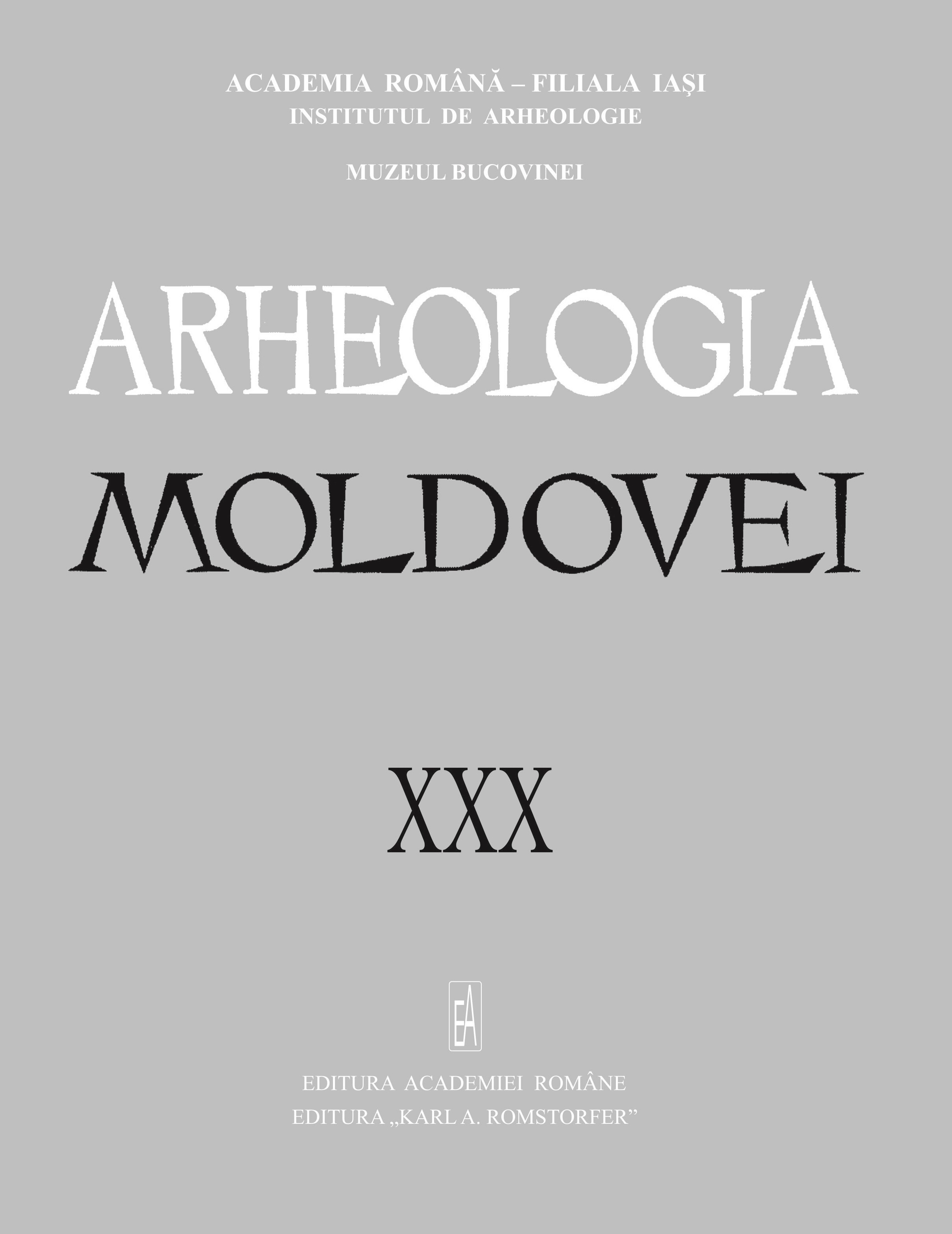Descoperiri întâmplătoare din epoca fierului în Dobrogea
Occasional Iron Age Discoveries in Dobruja
Author(s): Constantin Iconomu, Costel ChiriacSubject(s): History, Archaeology, Cultural history, Economic history, Ancient World
Published by: Editura Academiei Române
Keywords: Iron Age bronze plates; Constanta county (Romania); Scythian art; Thraco-Getic art; scythian influences in Dobruja;
Summary/Abstract: Several objects have been occasionally discovered in the village of Floriile, (Aliman), Constanţa County, as a result of agricultural works carried out on the Dedibal hill, where there is a large Getic fortified settlement. Seven plates in cast bronze come from here, or, maybe, from this area. Two of them, representing a lion head, and one representing a stag combined with a water bird and a boar, date from the 6th–5th centuries BC, being products of the Scythian art. Other three pieces, representing a stylized stag head, and another piece with a horse head, all from the 4th century BC, are specific to the Thraco-Getic art with Scythian influences. From the north of Dobrogea, in Babadag, Tulcea County, there comes a plate in fused bronze representing a gryphon, dating from the 6th–4th centuries BC. The bronze plates in the shape of a lion head, the stag associated with the bird and the boar from Floriile, as well as the griffin from Babadag, illustrate the early Scythian penetration in Dobrugea during the 6th–5th centuries BC. The other bronze plates from Floriile, representing stylized stag heads and the horse head are products of the Thraco-Getic art, with Scythian influences, from the late period of the penetration of the Scythians in Dobrogea (4th century BC).
Journal: Arheologia Moldovei
- Issue Year: 30/2007
- Issue No: 1
- Page Range: 267-275
- Page Count: 9
- Language: English, Romanian

